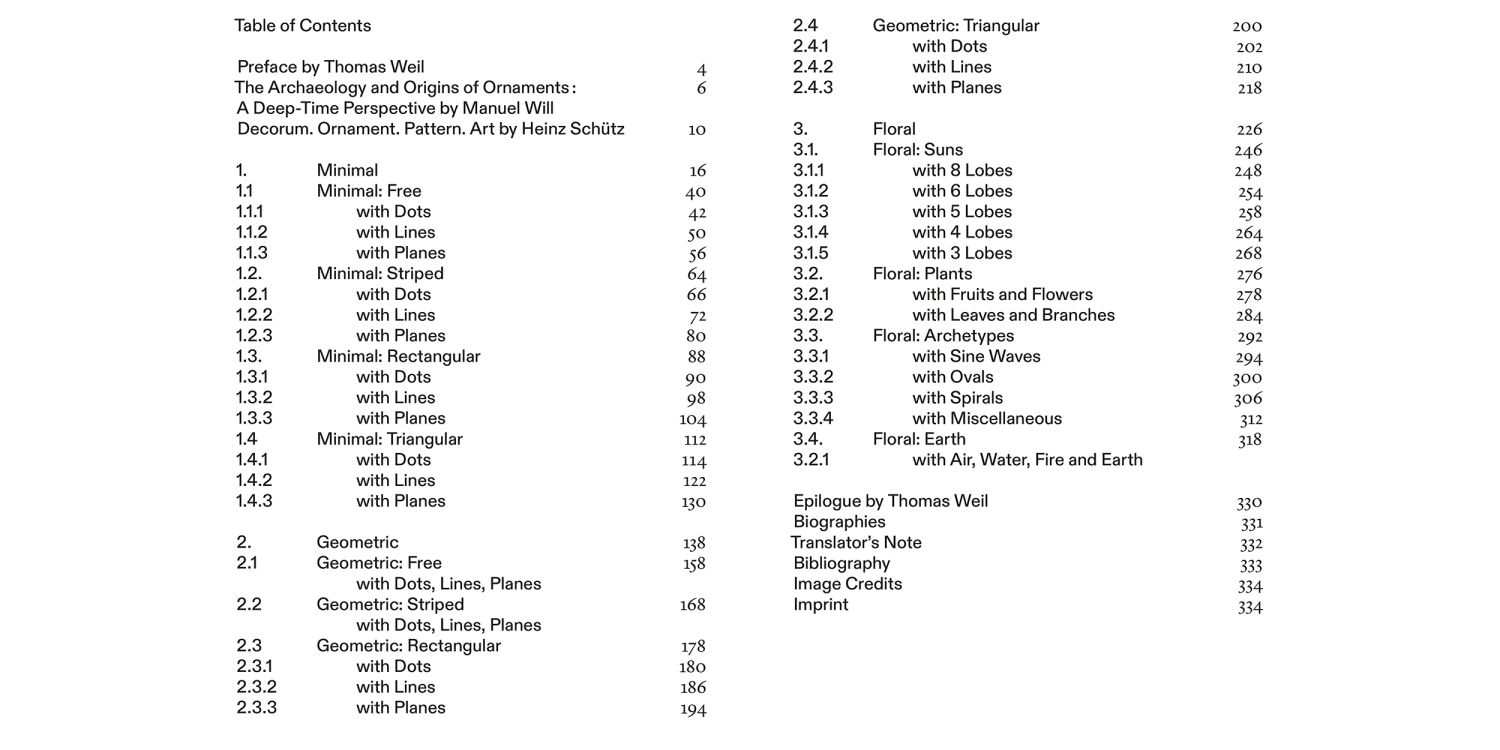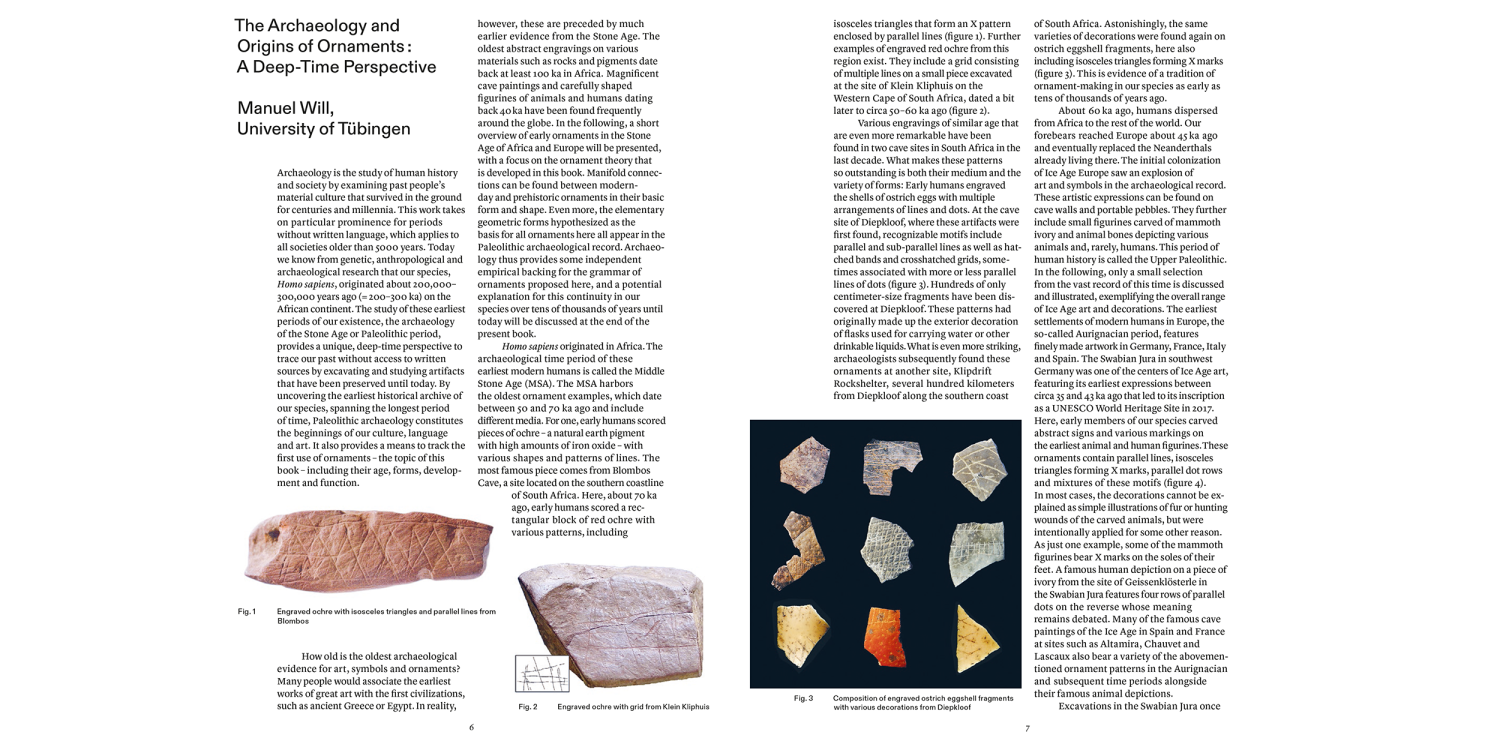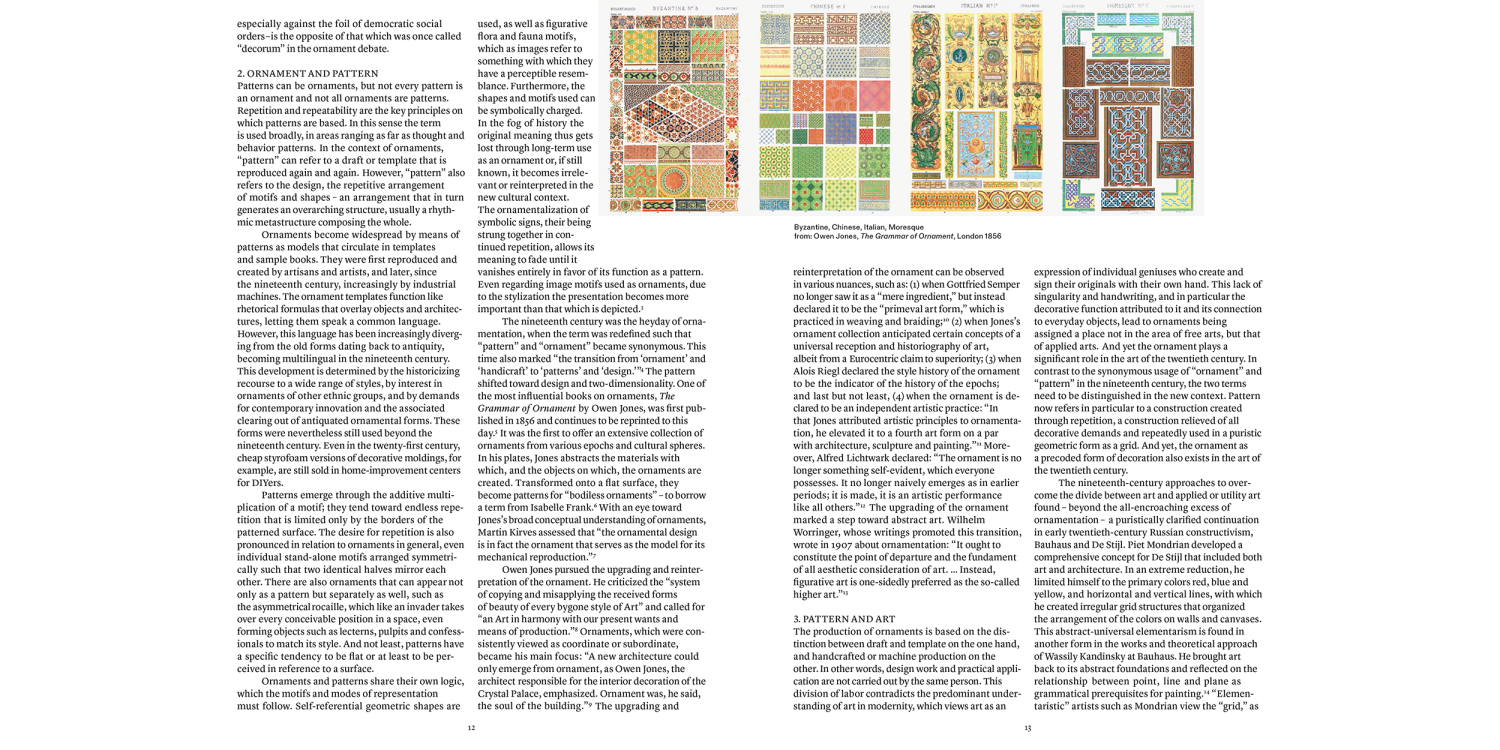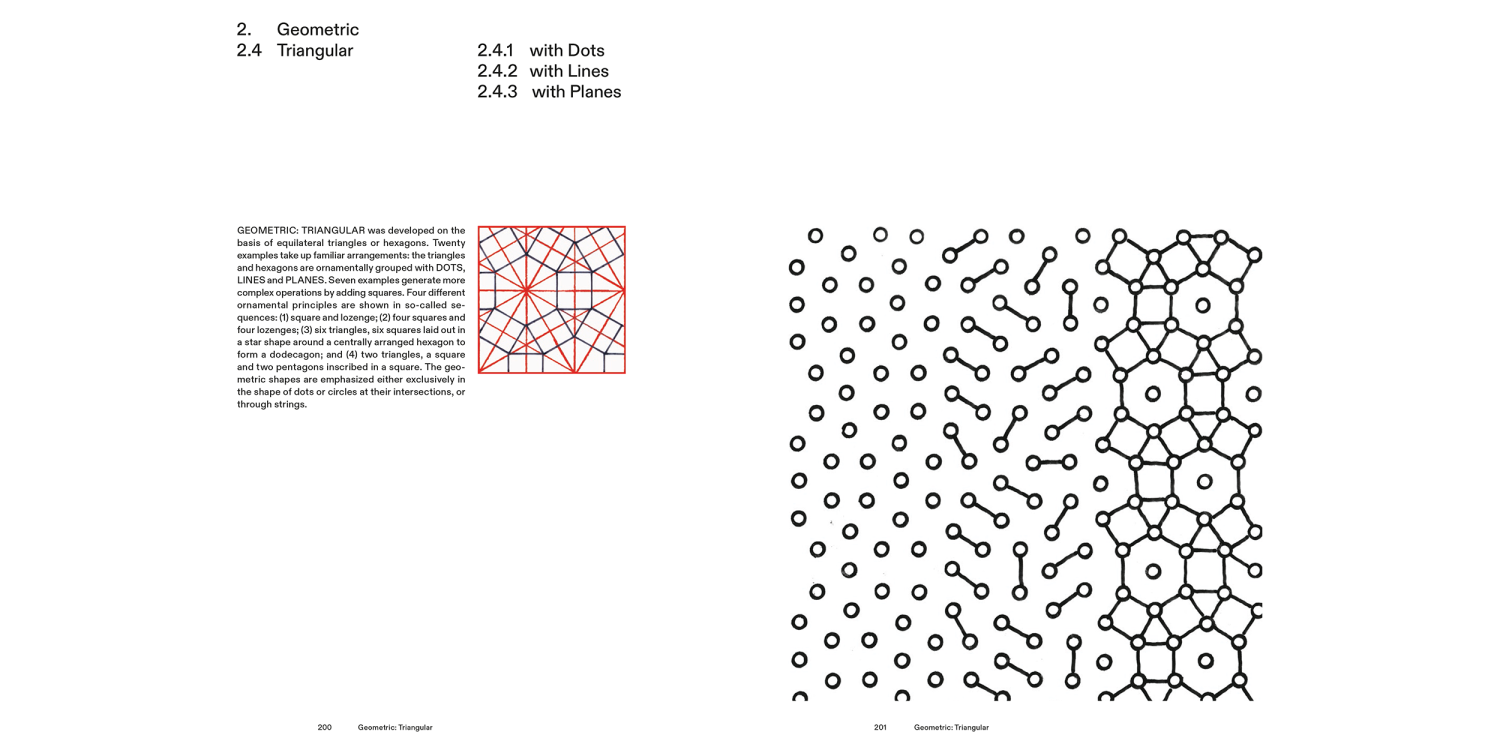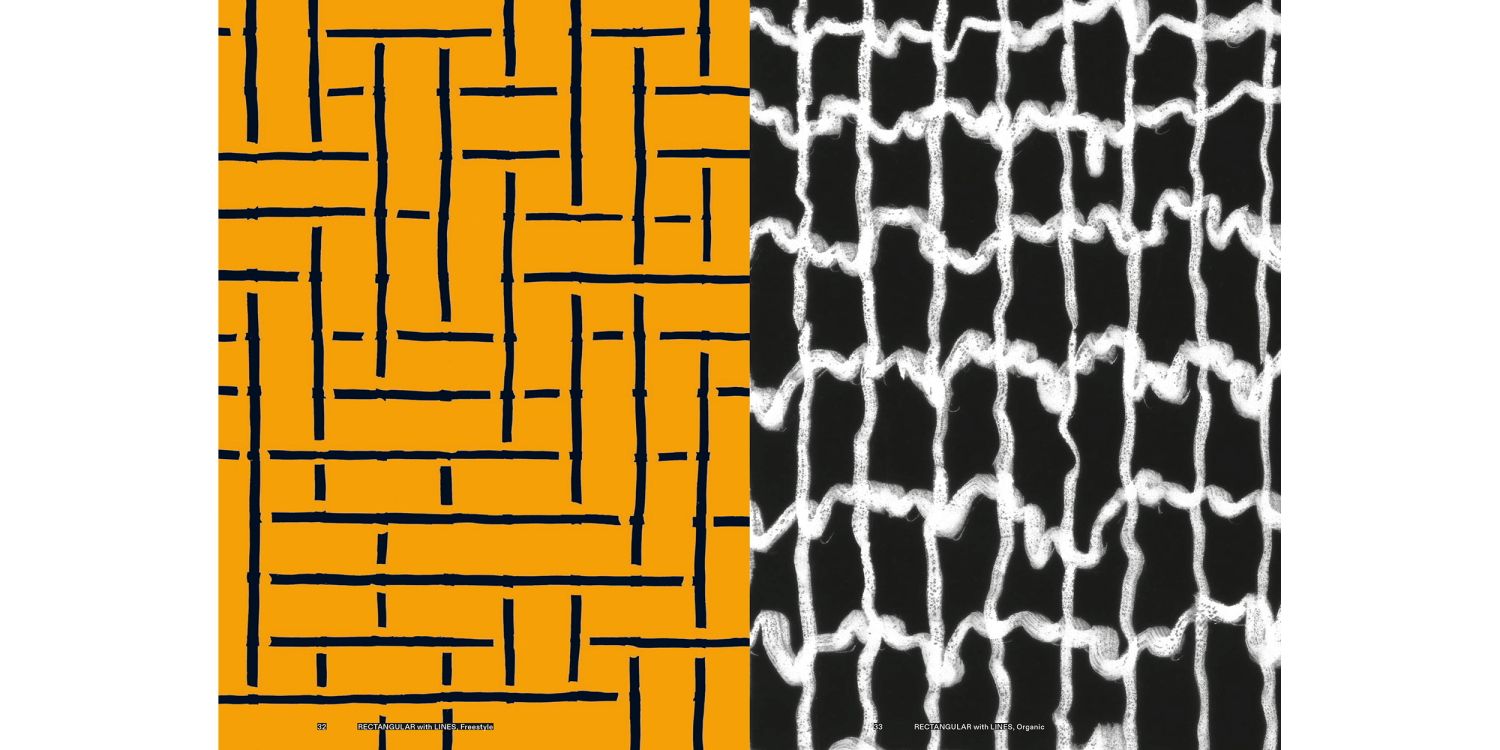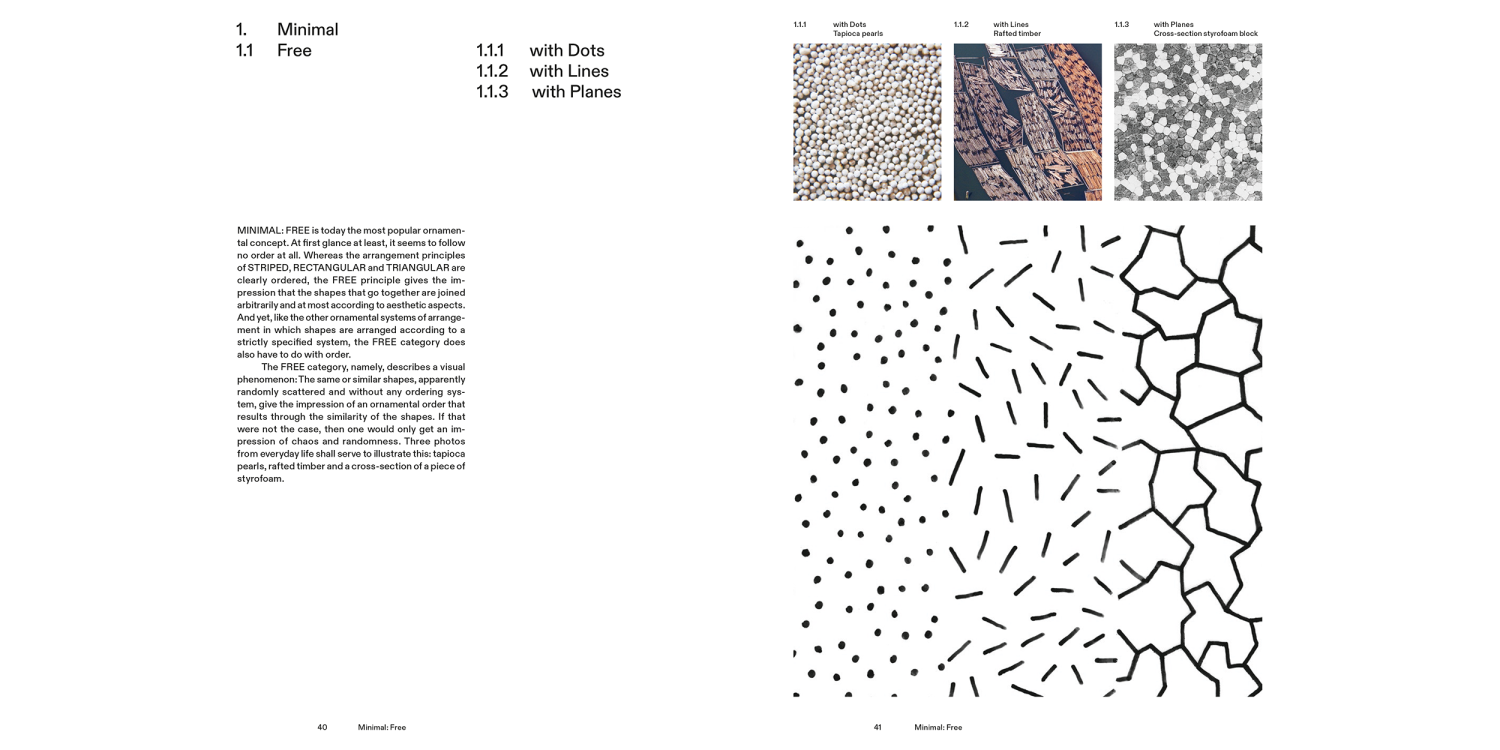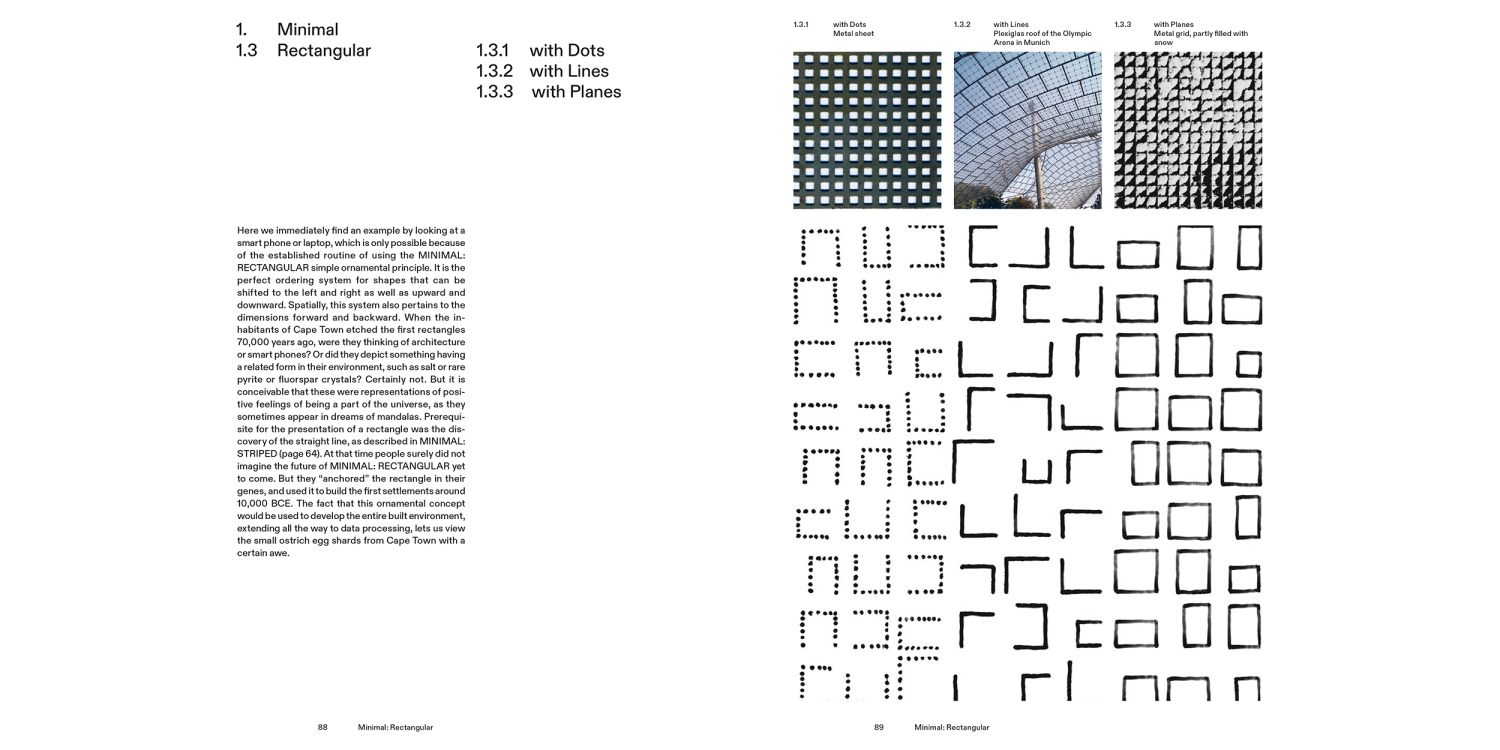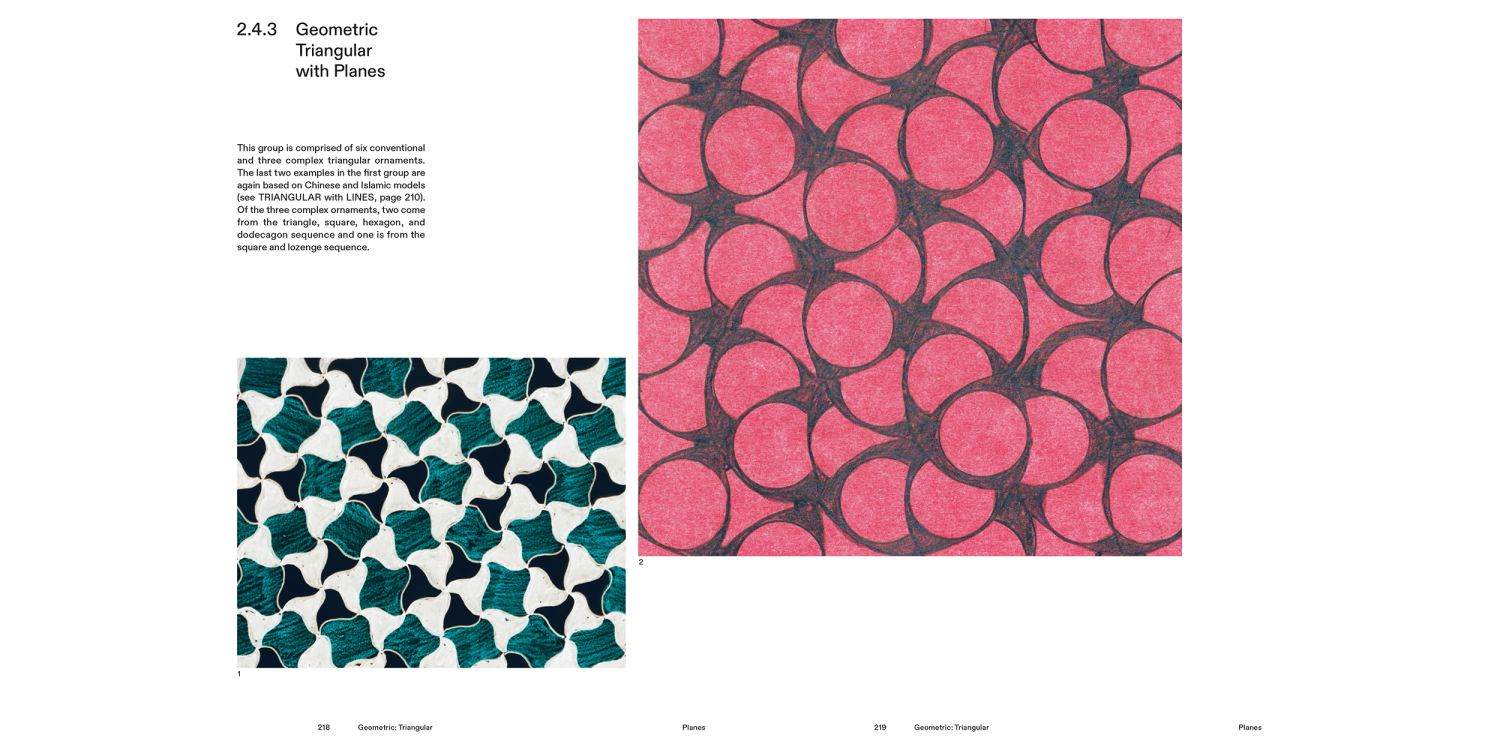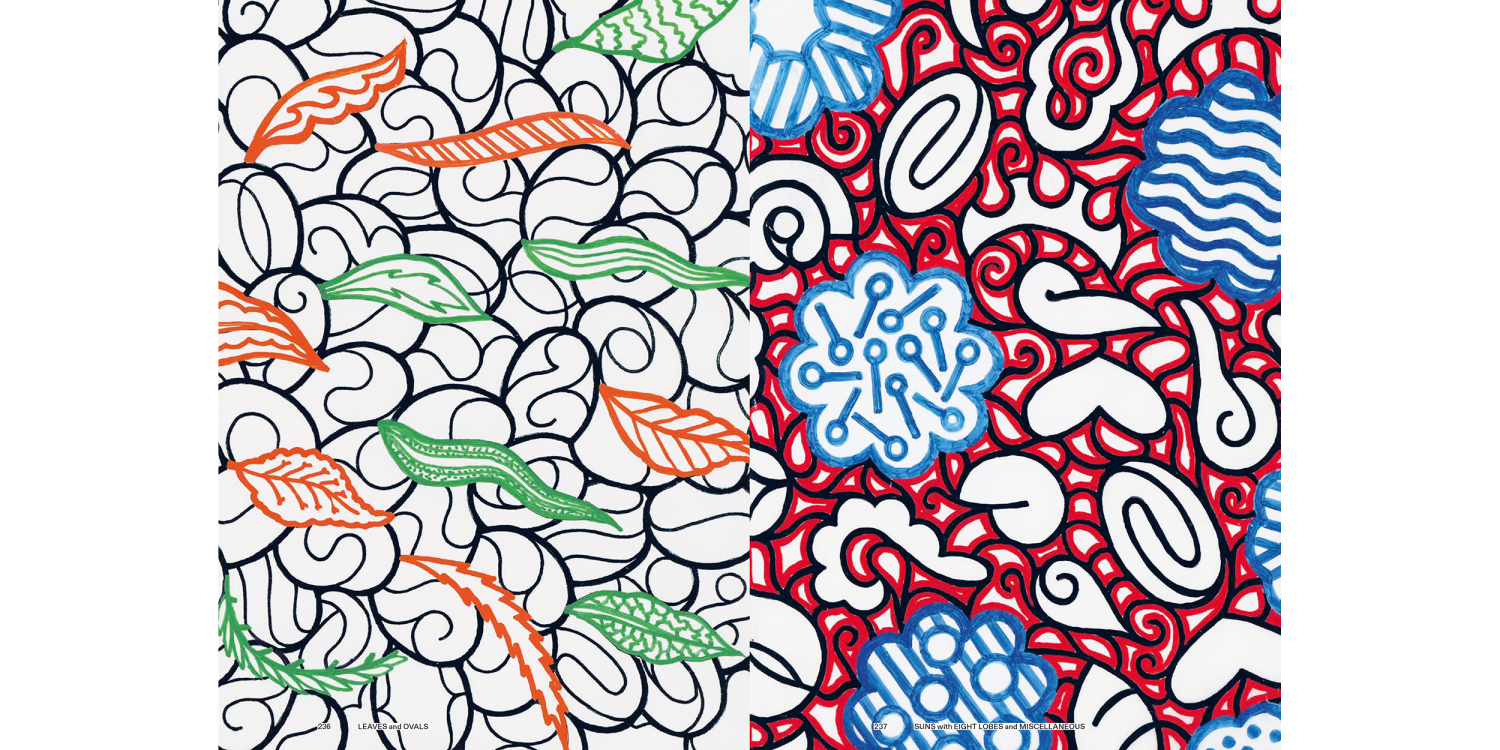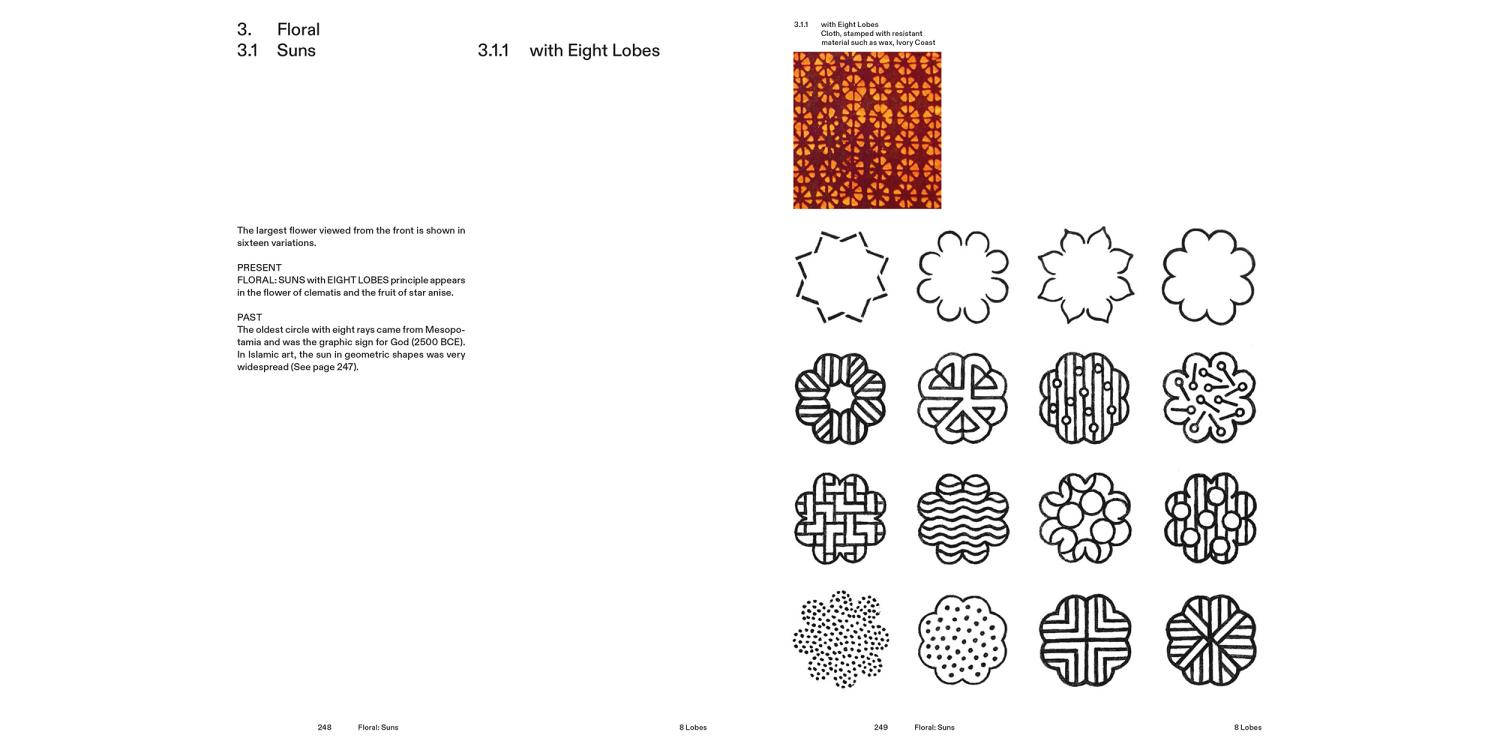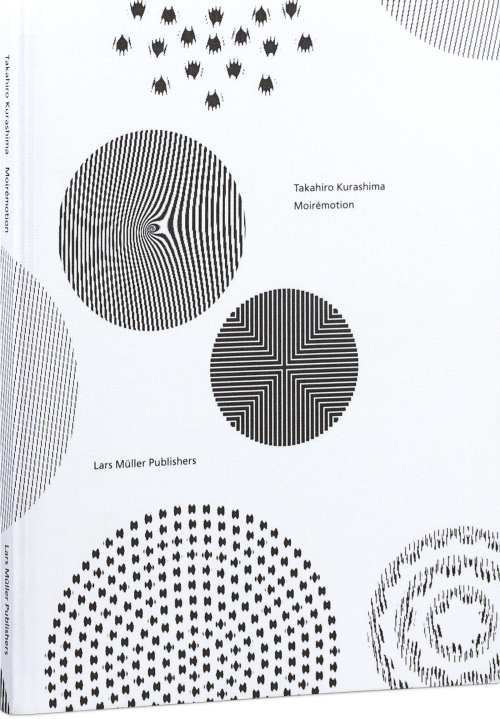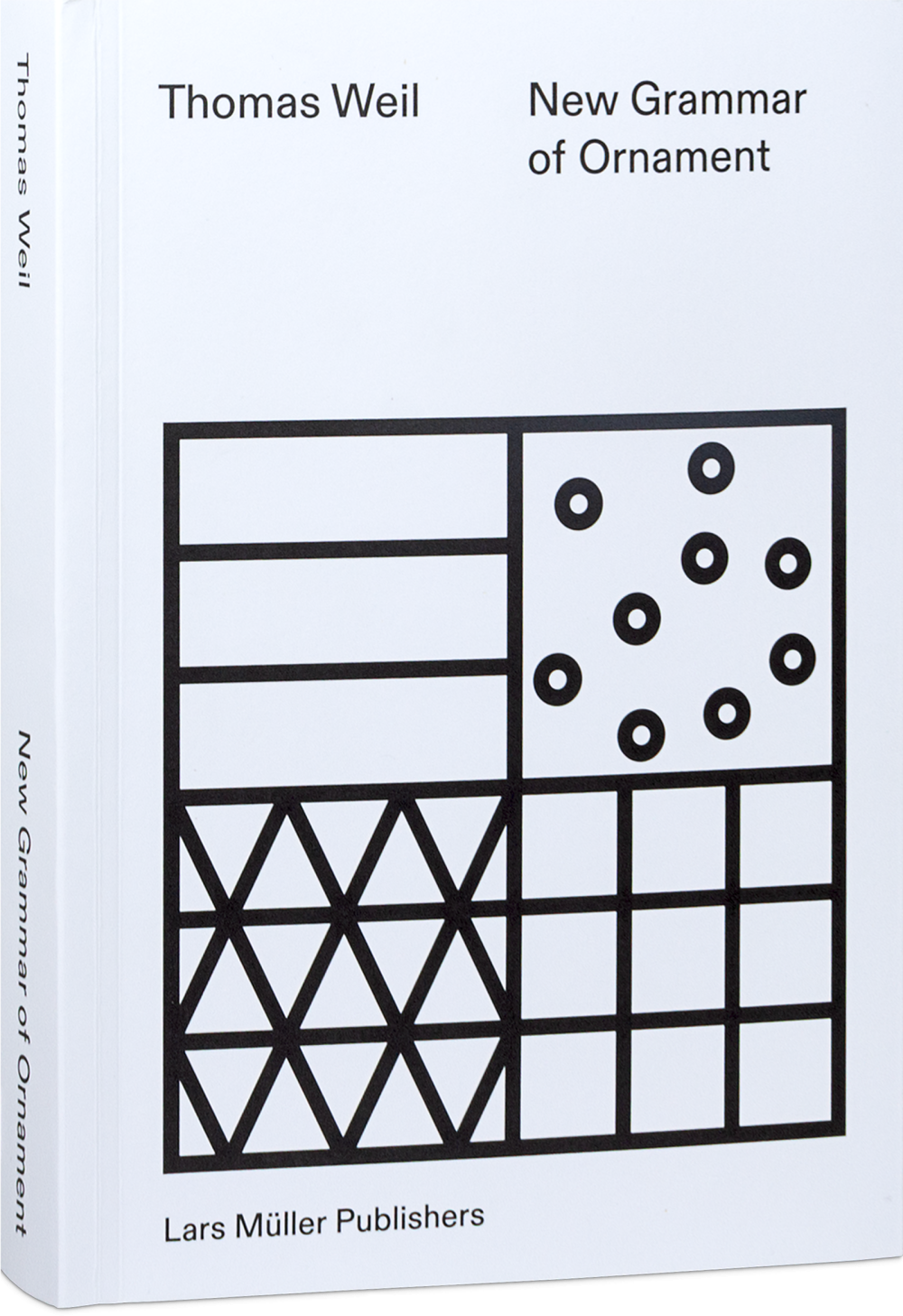
New Grammar of Ornament
Ornaments are omnipresent – they can be found on buildings, fabrics, jewelry, tiles, ceramics and wallpaper. Scorned at the beginning of the modern age, ornament has long since returned to architecture and influences design drafts as much as tattoo motifs.
In New Grammar of Ornament, Thomas Weil compares current ornamental objects with the results of archaeological research on ornamental artifacts and concludes that there is an anthropological constant. From the recurring arrangements of stripes, rectangles, triangles and dots and the frequency of the forms of floral ornaments used, he derives a new “grammar of ornament.”
More than 160 years after Owen Jones' influential publication, New Grammar of Ornament is a new standard work. It categorizes the variety of ornamental forms used worldwide and for the first time places them in a major art and cultural-historical context.
Translation by Allison Brown.
Ornaments are omnipresent – they can be found on buildings, fabrics, jewelry, tiles, ceramics and wallpaper. Scorned at the beginning of the modern age, ornament has long since returned to architecture and influences design drafts as much as tattoo motifs.
In New Grammar of Ornament, Thomas Weil compares current ornamental objects with the results of archaeological research on ornamental artifacts and concludes that there is an anthropological constant. From the recurring arrangements of stripes, rectangles, triangles and dots and the frequency of the forms of floral ornaments used, he derives a new “grammar of ornament.”
More than 160 years after Owen Jones' influential publication, New Grammar of Ornament is a new standard work. It categorizes the variety of ornamental forms used worldwide and for the first time places them in a major art and cultural-historical context.
Translation by Allison Brown.
«Für alle, die scheinbar einfache und vertrackte Muster mal genau betrachten wollen»
– PAGE
